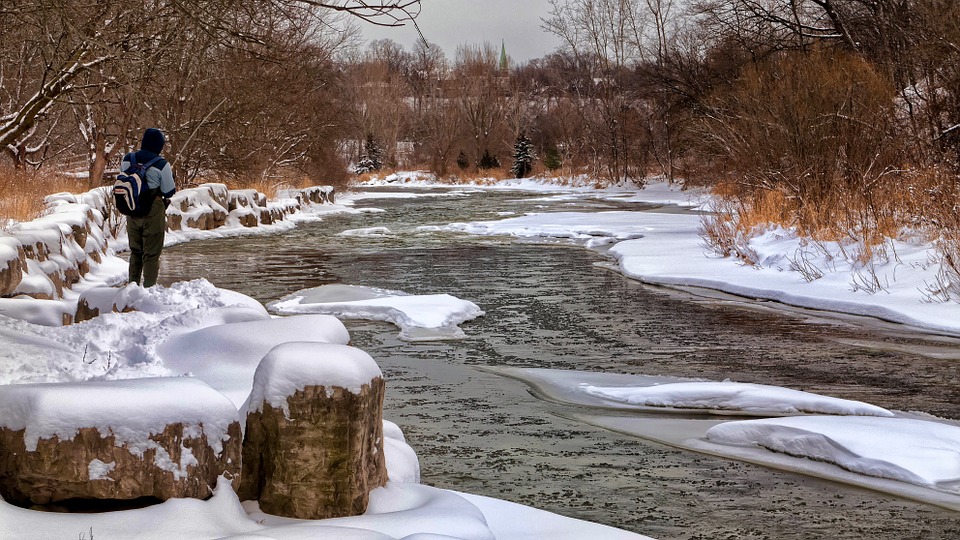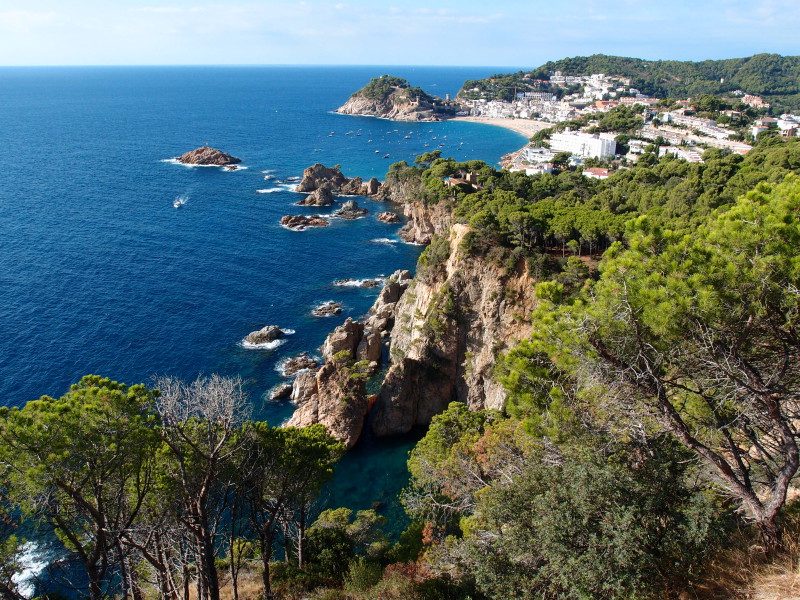
Similar to backpacking in Asia or parts of central America, the first rule of thumb is to not bring any unwanted attention to yourself. To put it simply, it is best to not bring any jewelry, valuables, or additional tech devices (other than perhaps your phone and a camera). You don’t want to be a target for a robbery or petty theft, so it’s best to just leave the fancy rings and watches at home.
While it is important that you avoid bringing any expensive jewelry to South America, this in no way means that you shouldn’t carry some nice outfits if you choose to have a nice dinner in Buenos Aires or Bogota. Also, investing in sturdy shoes, a solid rain jacket and a waterproof outdoor backpack.
One thing to definitely avoid is wearing a money belt (a silk sleeping bag liner more than does the job). You basically want to be as discreet as possible when it comes to storing money and other documents during your backpacking adventure.
As you’re packing for your trip and placing all your items in your waterproof backpack or suitcase, be sure to pack light. Bringing a few pairs of pants, merino wool socks, water purifier tablets, etc. is better than overpacking and your items being too heavy to comfortably hike the Inca trail on the way to Macchu Picchu. Once you’re there, you can always purchase any basic toiletries or the like.
At the end of the day, practicing minimalism is essentially the way to go with regard to exploring the stunning, vast continent of South America. Remember to also use basic common sense and do the proper research before you head to the Andes, the beautiful architecture of Cartagena, or the isolated nature preserves deeply woven in Patagonia. The world is yours to explore. Safe travels!


 Table Rock Lake in Branson, Missouri
Table Rock Lake in Branson, Missouri


 response is more common in males than females, as it’s the primary way a male horse can determine if the female is in heat. Remember, the next time you see a horse smiling at you, they’re just giving you a whiff.
response is more common in males than females, as it’s the primary way a male horse can determine if the female is in heat. Remember, the next time you see a horse smiling at you, they’re just giving you a whiff.